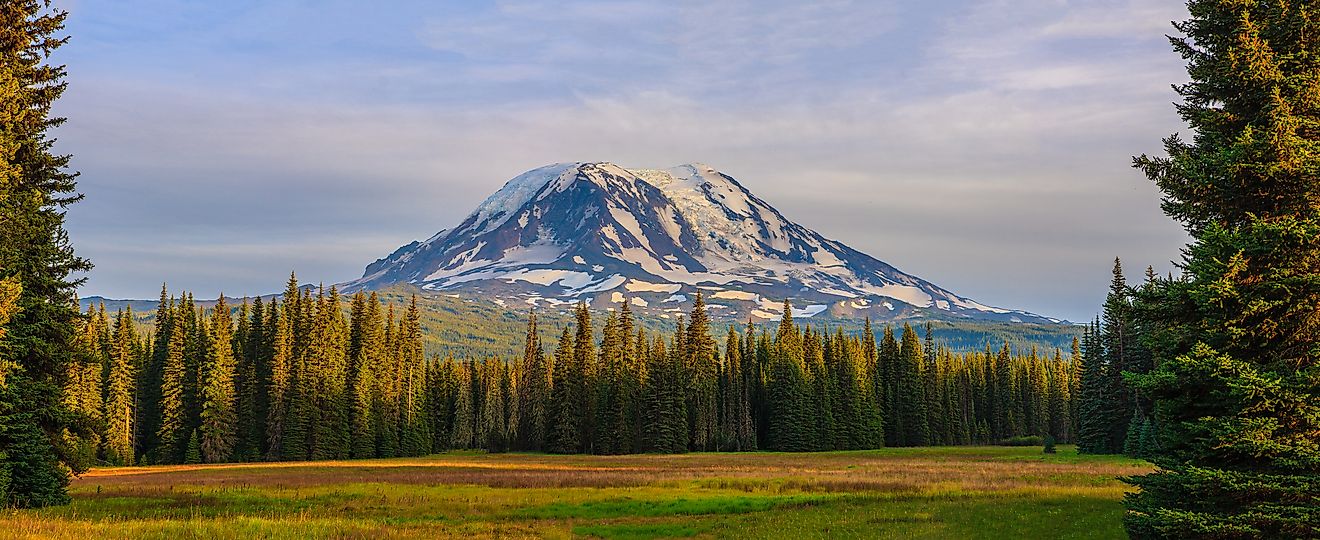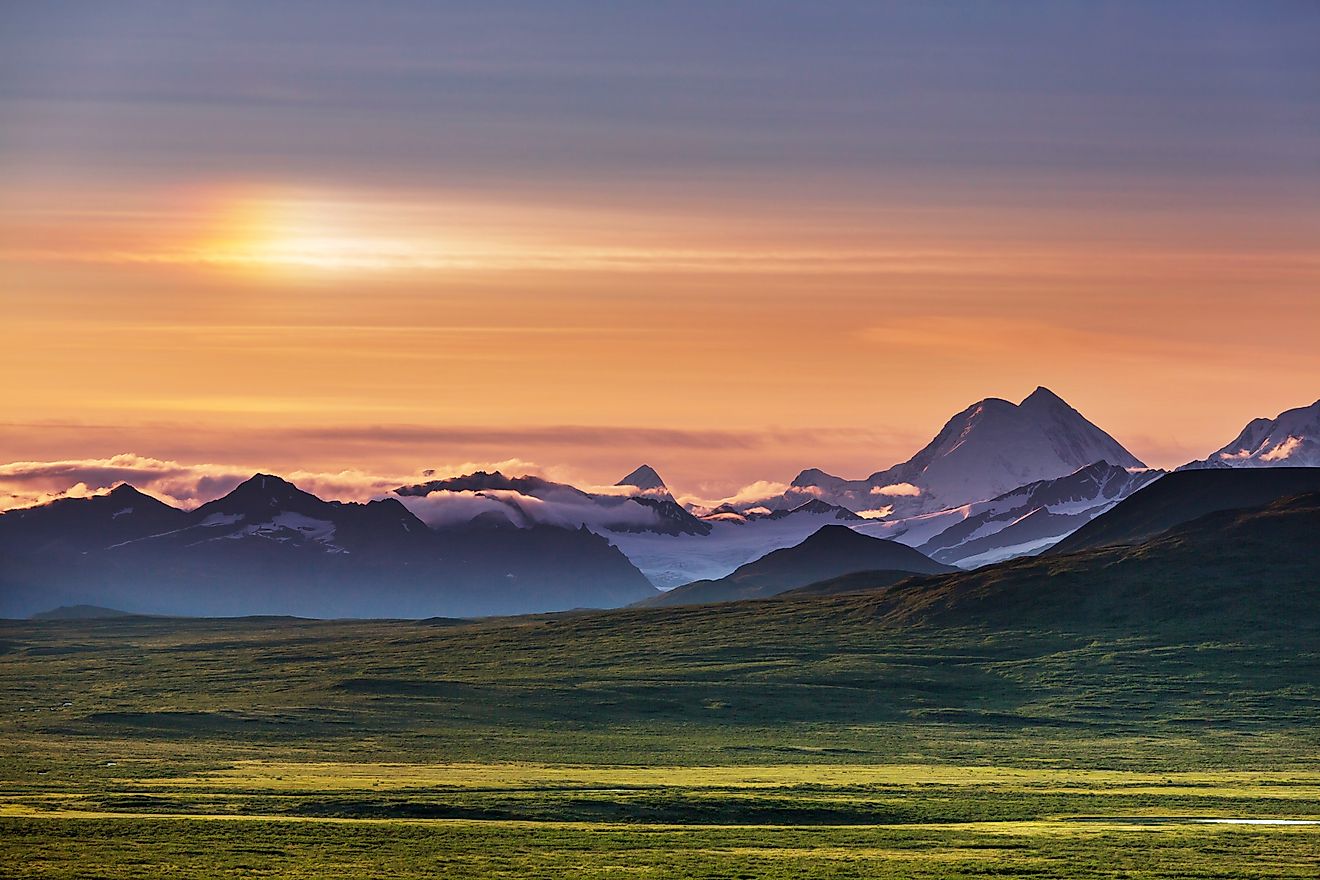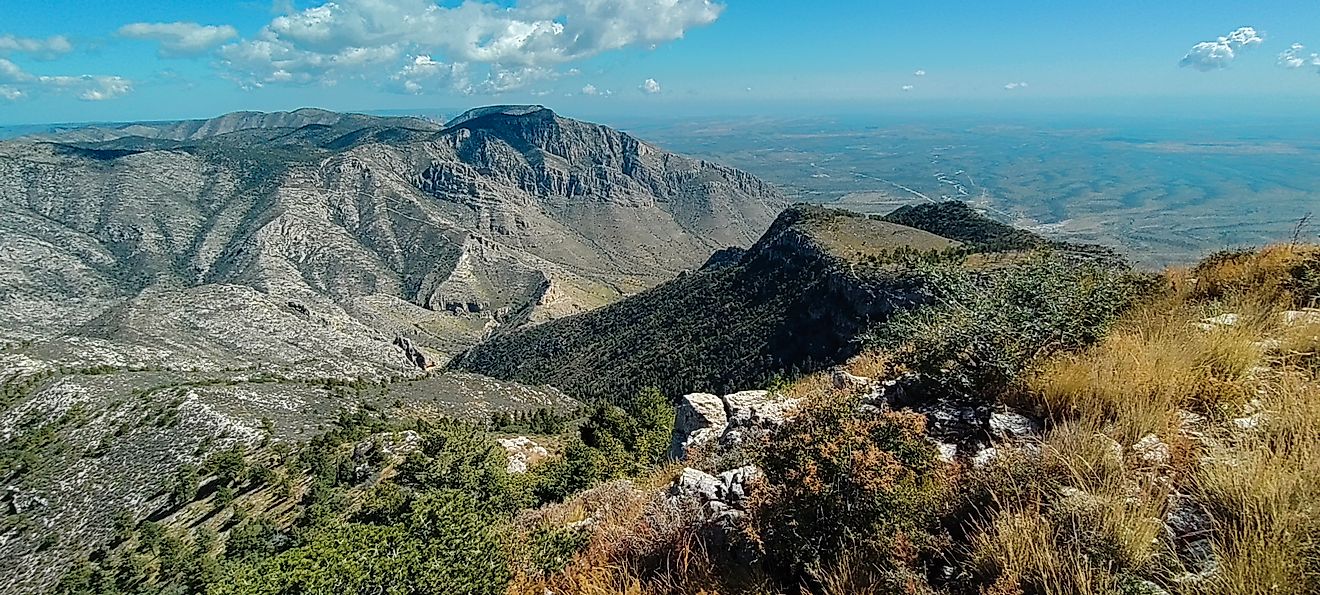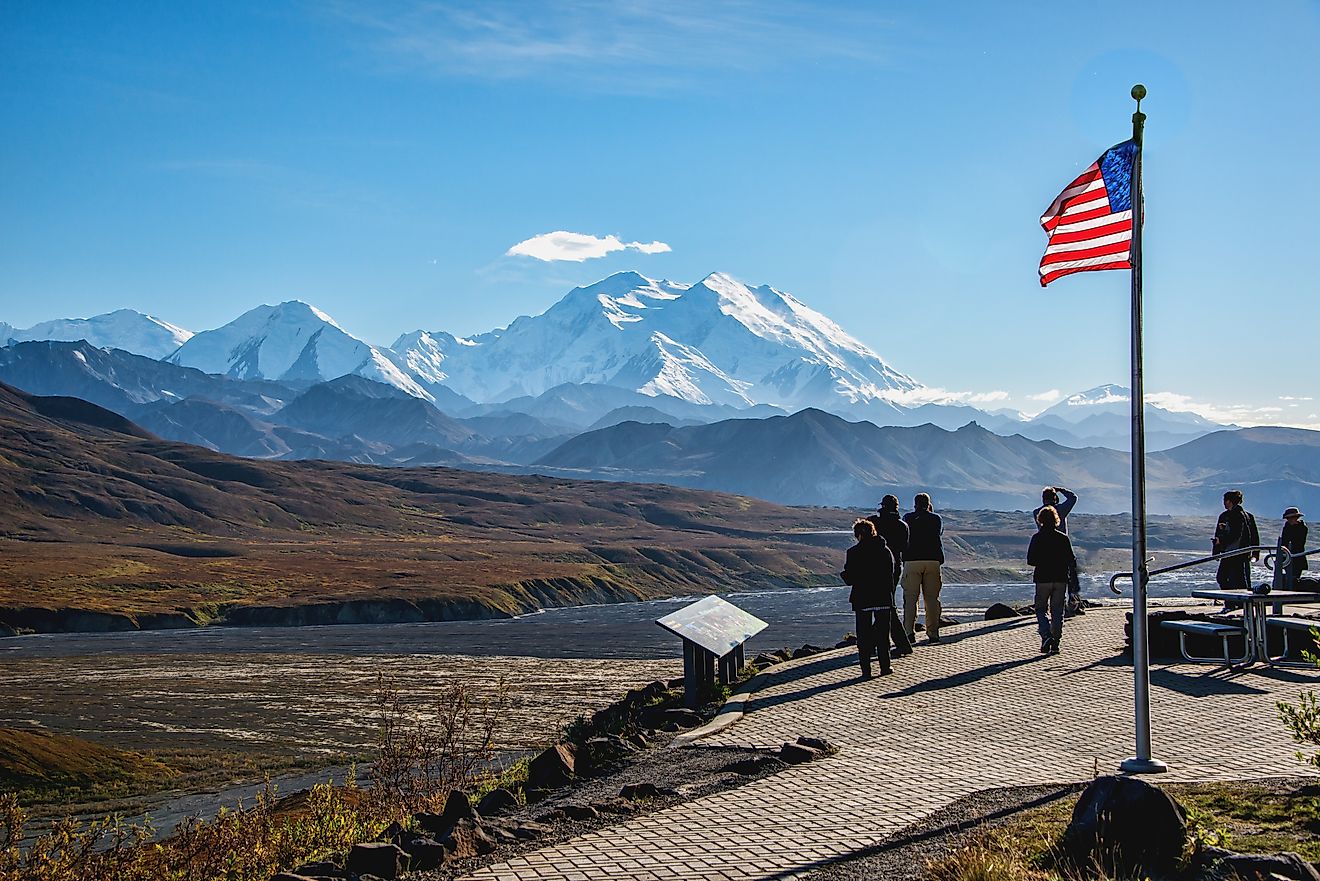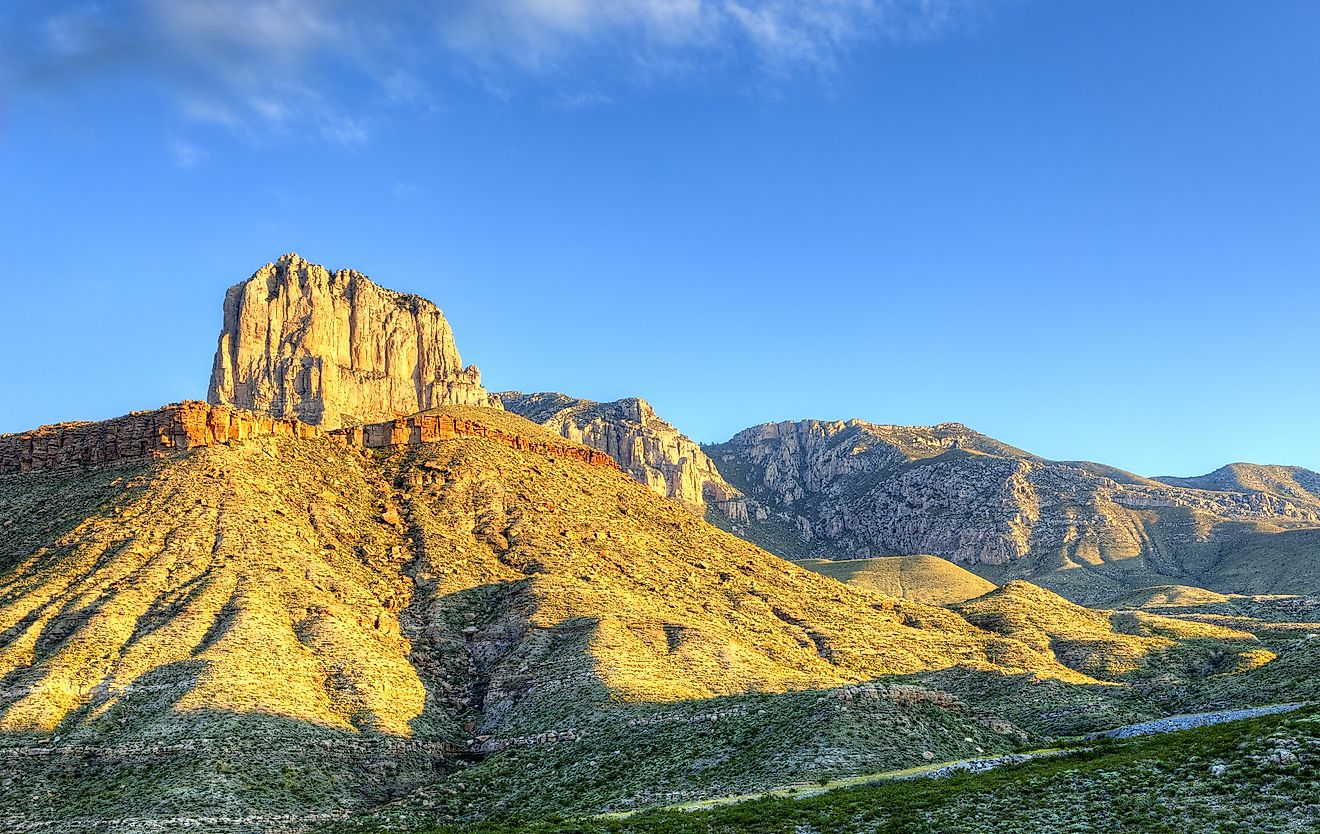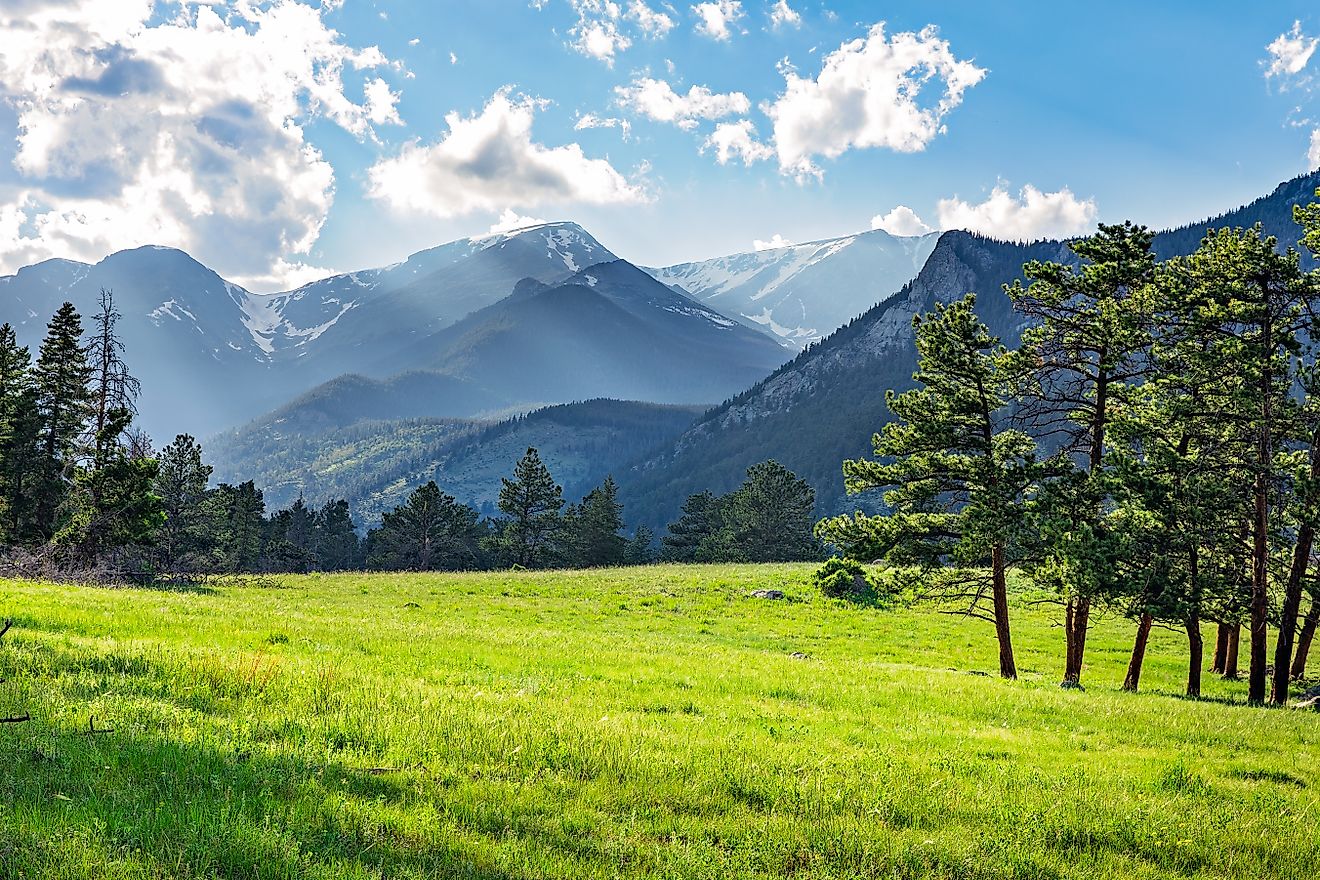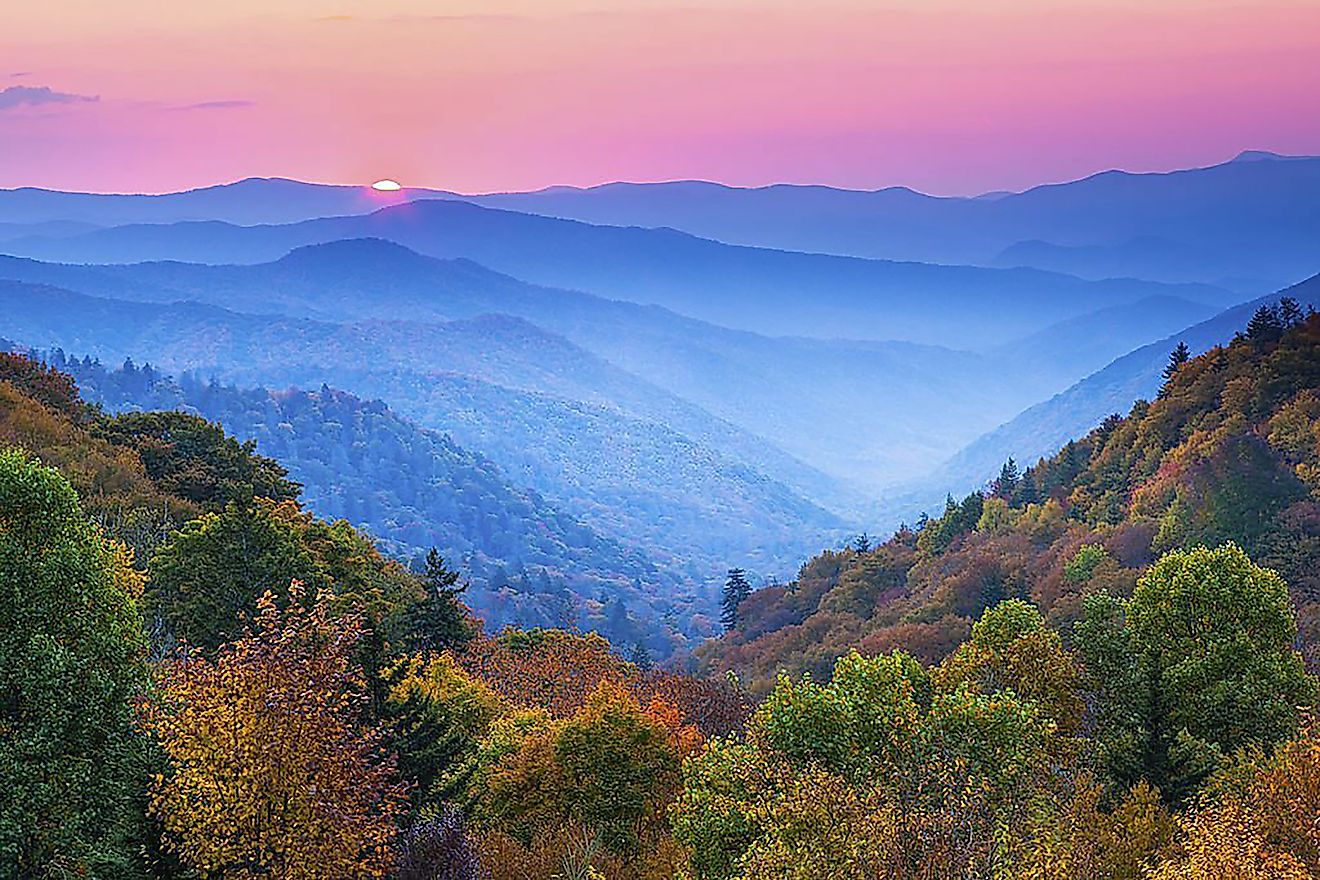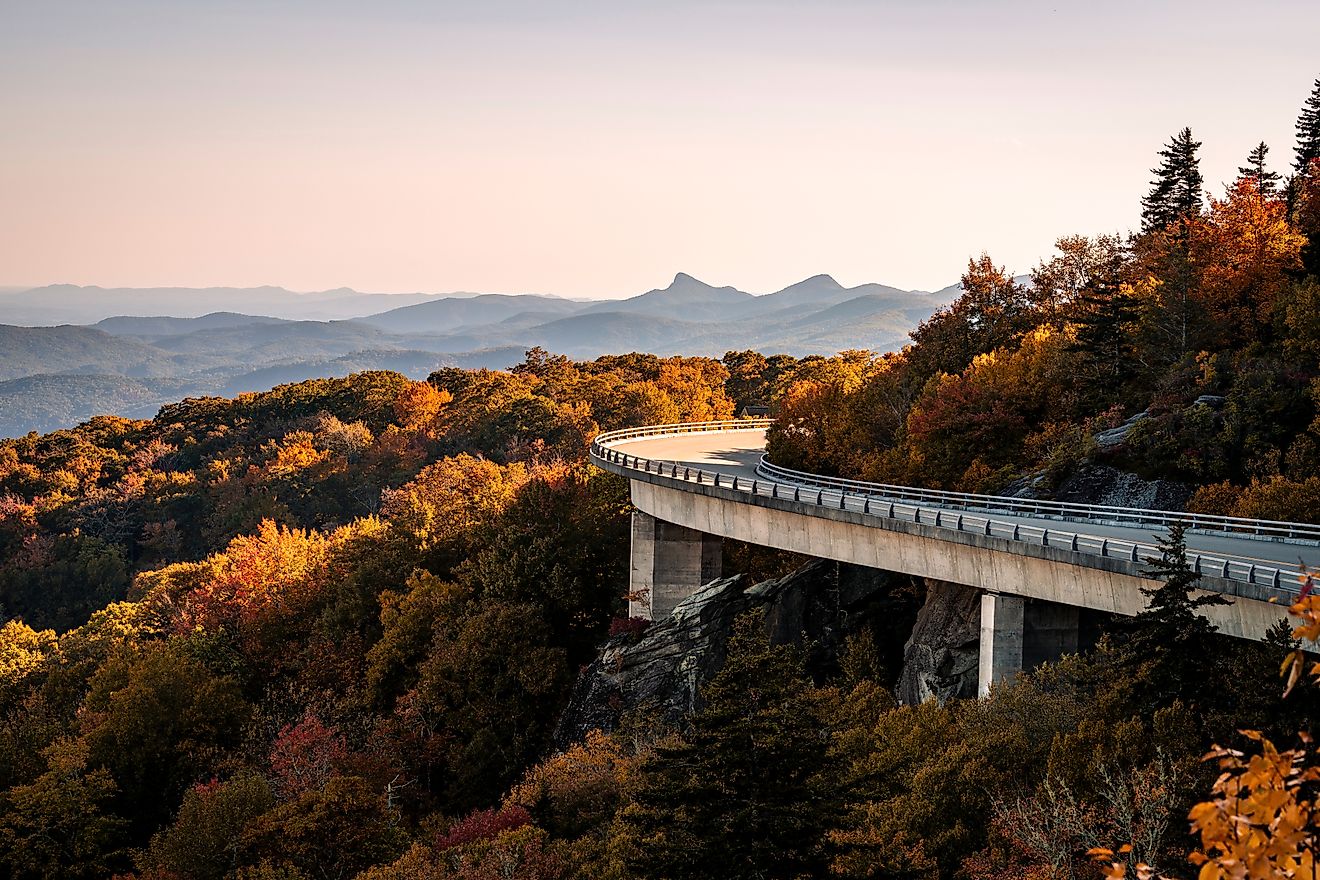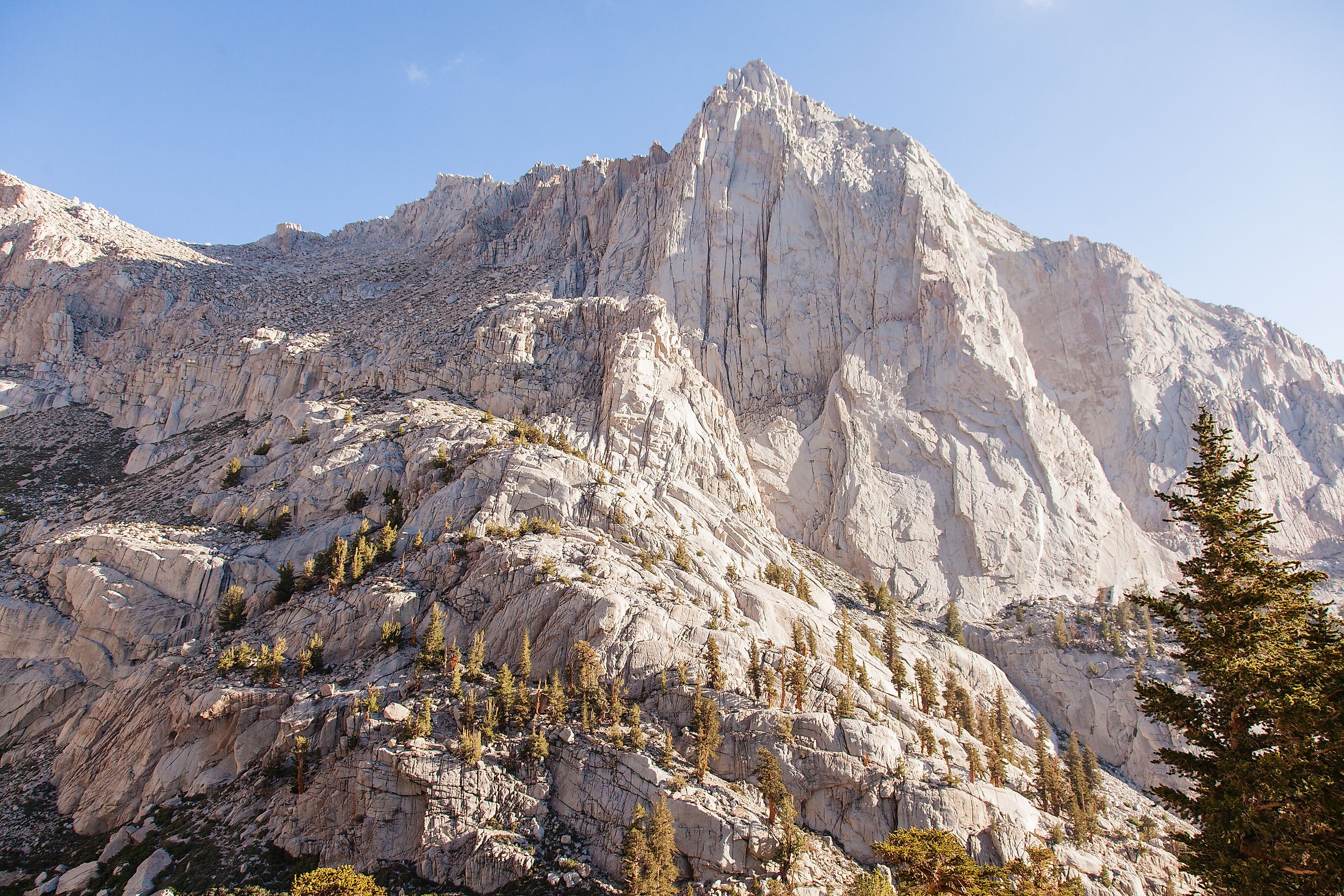
The 5 Tallest Mountains in the US Outside of Alaska
Towering above tree lines, stretching into the thin atmosphere, and commanding respect from climbers and travelers, the tallest mountains in the continental United States are nothing short of awe-inspiring. While Alaska claims the absolute highest peaks in the country, the Lower 48 still delivers dramatic summits with breathtaking backdrops, rich geological histories, and trails that challenge even the most seasoned adventurers.
From the Sierra Nevada to the Rockies, the tallest non-Alaskan peaks rise as icons of their ranges, offering alpine views, high-elevation hikes, and a deeper understanding of North America's complex mountain-making forces. These mountains are more than just impressive elevations, they are landmarks of American wilderness, culture, and natural wonder.
Whether you're planning a climb or simply fascinated by peaks that scrape the sky, these summits deserve attention.
Mount Whitney, California
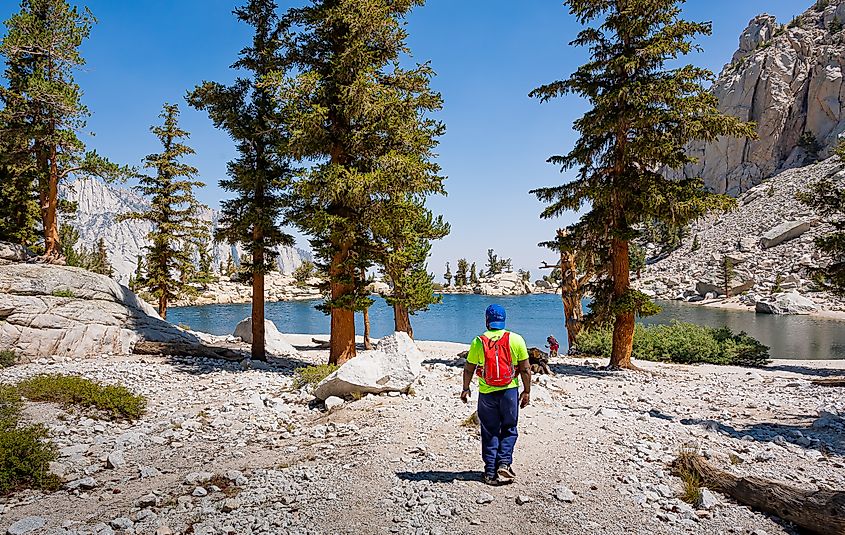
-
Elevation: 14,505 feet
-
Mountain Range: Sierra Nevada
-
Location: Inyo National Forest, eastern California
Mount Whitney is the tallest mountain in the contiguous United States. Towering at 14,505 feet, it sits on the boundary between Sequoia National Park and the Inyo National Forest in California. Despite its height, it is one of the more accessible fourteener peaks, thanks to the well-traveled 22-mile roundtrip Mount Whitney Trail.
Each year, thousands of hikers attempt the summit, many beginning in the early morning hours to complete the challenging elevation gain within a single day. The mountain's dramatic rise from the Owens Valley below (which lies at around 4,000 feet), makes the height difference even more striking. The contrast between arid desert below and alpine climate above creates a truly unique environment.
Geologically, Mount Whitney is composed mostly of granite that formed over 100 million years ago. It's part of the Sierra Nevada batholith and offers a glimpse into the immense tectonic forces that shaped California's backbone.
For those who earn a permit (required in the busy season), the hike rewards with expansive views of the High Sierra, craggy peaks, and a summit marker that draws cheers from those who reach the top.
Mount Elbert, Colorado
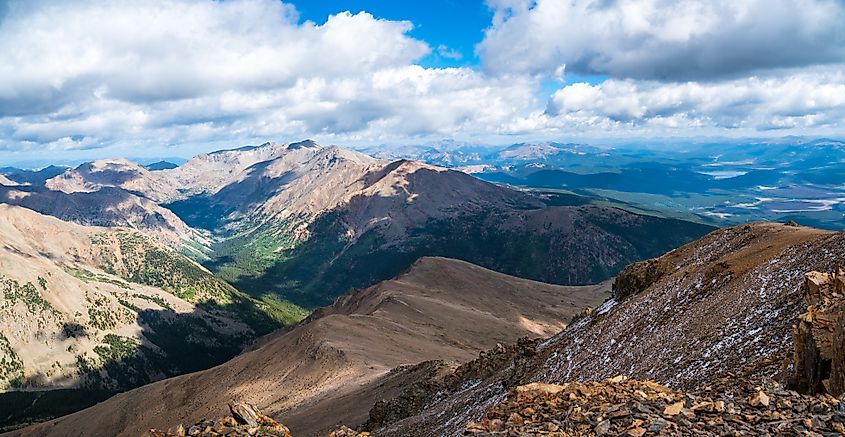
-
Elevation: 14,440 feet
-
Mountain Range: Rocky Mountains (Sawatch Range)
-
Location: Lake County, Colorado
Mount Elbert is the highest peak in Colorado and the second tallest in the contiguous United States. Rising to 14,440 feet, it’s located in the Sawatch Range of the Rocky Mountains and is part of the San Isabel National Forest. Despite its towering height, Mount Elbert is often referred to as a “gentle giant” because it lacks the rugged cliffs seen on other fourteeners.
There are several routes to the summit, with the most popular being the Northeast Ridge Trail, which is about 9 miles roundtrip. Though not technically difficult, the high elevation and steep grade still make it a demanding hike. Trekkers should be prepared for thin air, unpredictable weather, and a steady climb through forests and alpine tundra.
Mount Elbert was named after Samuel Elbert, a Colorado statesman who served as governor in the 1870s. The peak is part of the Collegiate Peaks Wilderness, an area known for its collection of tall mountains named after Ivy League universities, including Mount Harvard and Mount Princeton.
On a clear day, the summit offers panoramic views that stretch across the Continental Divide and into the Arkansas River Valley below. Wildlife sightings are common, and the mountain is home to marmots, pikas, and even mountain goats.
Mount Massive, Colorado
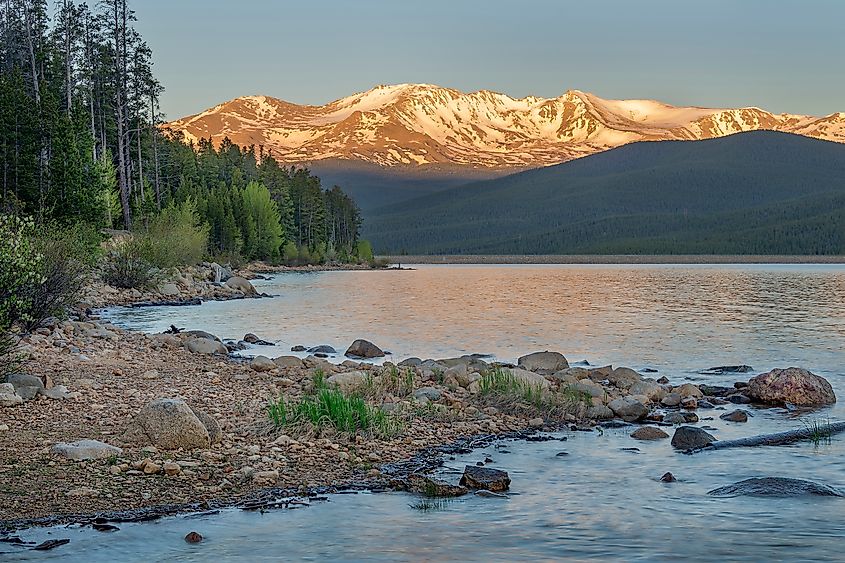
-
Elevation: 14,429 feet
-
Mountain Range: Rocky Mountains (Sawatch Range)
-
Location: Lake County, Colorado
Mount Massive lives up to its name. Although it falls just a few feet short of Mount Elbert, its bulk is unmatched with five summits over 14,000 feet and the longest summit ridge of any fourteener in Colorado. Some even argue that its sheer volume makes it feel taller than Mount Elbert.
Located just north of Mount Elbert, Mount Massive is part of the same Sawatch Range and San Isabel National Forest. The standard route to the summit is via the East Slopes Trail, which spans approximately 13.6 miles roundtrip and gains over 4,500 feet in elevation. It's a longer hike than Elbert's, and slightly more rugged.
Hikers will ascend through lush forest, then through subalpine and alpine zones before reaching the broad, boulder-strewn summit. The views from the top include Twin Lakes, Turquoise Lake, and the distant peaks of the Elk and Tenmile Ranges.
Mount Massive has also been the subject of a playful rivalry. In the early 20th century, locals who favored Mount Massive tried to build rock piles on the summit to make it taller than Elbert, only to have them removed by Elbert supporters. The mountain’s name was officially adopted by the U.S. Geological Survey in 1965.
Mount Harvard, Colorado
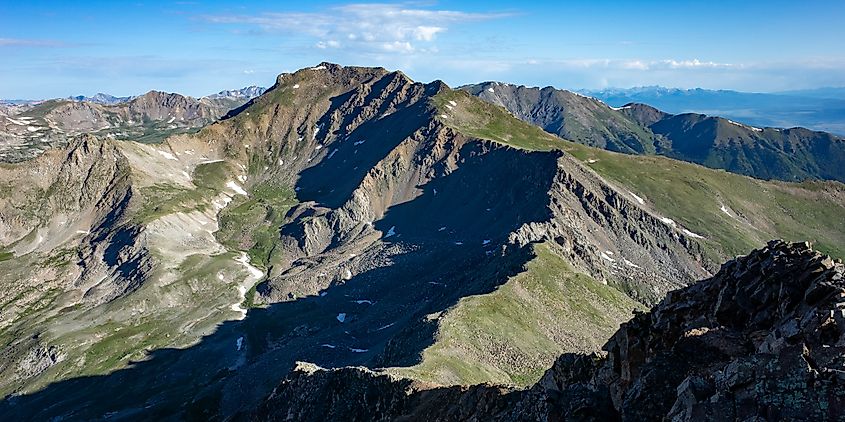
-
Elevation: 14,421 feet
-
Mountain Range: Rocky Mountains (Collegiate Peaks)
-
Location: Chaffee County, Colorado
Mount Harvard is the highest of the Collegiate Peaks, named after prestigious universities. At 14,421 feet, it ranks as the third tallest in Colorado and the fourth tallest in the Lower 48. It is part of the Collegiate Peaks Wilderness within the San Isabel National Forest.
The trail to Mount Harvard typically starts from the North Cottonwood Trailhead and follows a roughly 14-mile roundtrip route. The hike includes river crossings, wildflower meadows, and long ridgelines before reaching the summit. Though the trail is not technical, it requires endurance and preparation.
Mount Harvard was named in 1869 by members of the first Harvard Mining School expedition. The naming started a tradition in the area that also produced Mounts Yale, Princeton, Columbia, and Oxford. The mountain’s elevation was once debated, but more recent surveys confirm it as one of the highest in the Rockies.
Because of its location in a protected wilderness area, the environment remains largely pristine. Visitors will find clean alpine air, a variety of wildlife, and few signs of development.
Mount Rainier, Washington
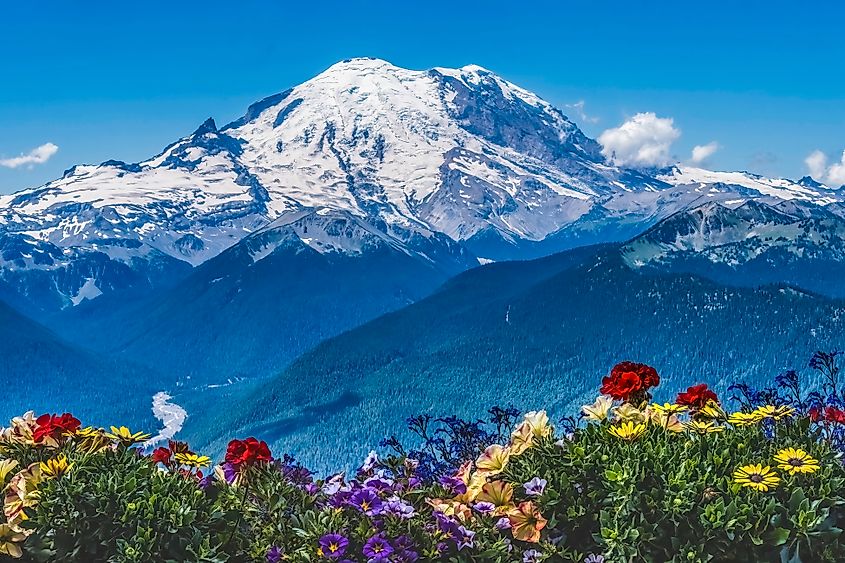
-
Elevation: 14,411 feet
-
Mountain Range: Cascade Range
-
Location: Pierce County, Washington
Mount Rainier is the tallest mountain in Washington and the Cascade Range, rising to 14,411 feet. This massive stratovolcano dominates the skyline of the Pacific Northwest and is known for its year-round glaciers, making it one of the most visually striking peaks in the country.
Located within Mount Rainier National Park, the mountain attracts climbers, photographers, and nature lovers. Unlike the Colorado peaks on this list, Rainier demands serious mountaineering skills for those attempting the summit. Glacial travel, crevasse navigation, and rapid weather changes are part of the challenge.
Rainier’s most popular climbing routes include the Disappointment Cleaver and Emmons Glacier routes, with base camps such as Camp Muir hosting climbers before summit bids. Despite its challenges, more than 10,000 people attempt the climb each year, although only about half reach the top.
Rainier is also an active volcano, although it has not erupted in over 100 years. Its snow-capped summit, waterfalls, wildflower meadows, and subalpine forests make it a centerpiece of one of America's most beloved national parks. It’s a sacred mountain to many Native American tribes and has a rich cultural legacy in the region.
Summits of the Lower 48
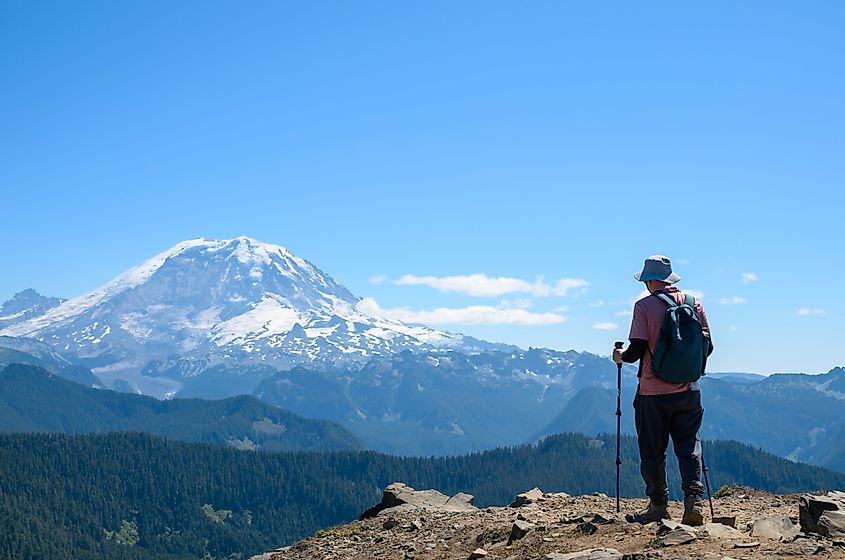
The tallest mountains in the contiguous United States offer more than just numbers on a map. Each peak tells a story of tectonic collision, glacial carving, and cultural heritage. They rise above timberlines and expectations, drawing people upward toward something larger than themselves.
For climbers, hikers, and those who simply admire from below, these mountains stand as symbols of endurance and grandeur. And while they may not top the charts like Alaska’s Denali, they hold a distinct and rugged beauty that captures the spirit of the American landscape.
| Mountain Name | Elevation (ft) | Location | Mountain Range | Notable Features |
|---|---|---|---|---|
| Mount Whitney | 14,505 | California | Sierra Nevada | Highest peak in the contiguous US |
| Mount Elbert | 14,440 | Colorado | Sawatch Range | Tallest in the Rockies, relatively easy climb |
| Mount Massive | 14,429 | Colorado | Sawatch Range | Known for its long ridgeline |
| Mount Harvard | 14,421 | Colorado | Sawatch Range | Part of the Collegiate Peaks |
| Mount Rainier | 14,411 | Washington | Cascade Range | Glaciated stratovolcano, visible from Seattle |
